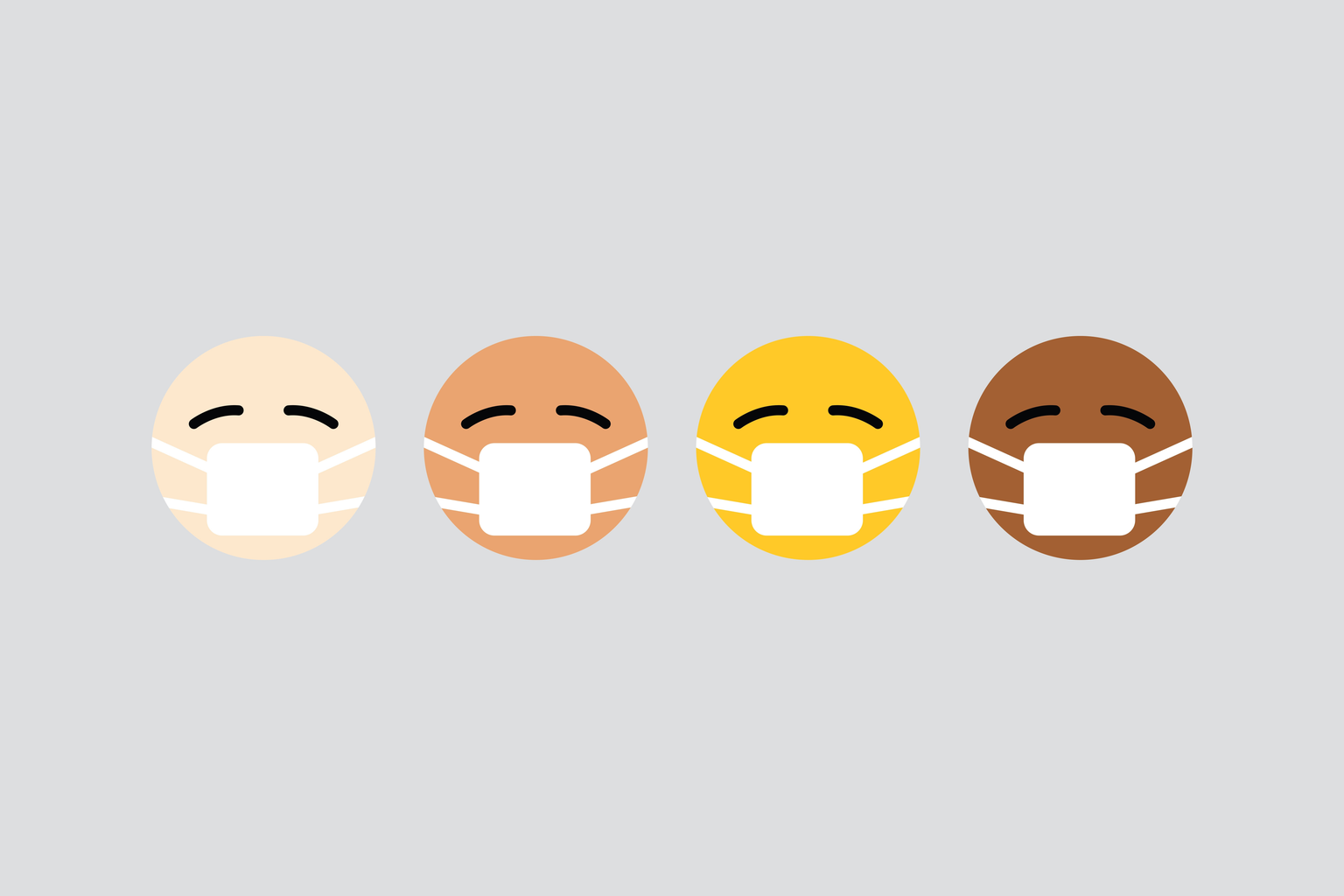Coronavirus, or COVID-19, has disrupted every sense of normalcy upon every single continent (excluding Antarctica, of course). Concerts have been canceled, schools have been shut down, international travel has slowed, and there has been increasing push—both by formal jurisdiction and across social media—to practice social distancing.
And yet, despite the warnings, there are still a great number of those who continue to actively choose to go out for reasons other than necessity. Though the virus is more threatening to the elderly, there is more to it than only being a risk to “just the old people.”
Too many are under the guise that COVID-19 is only a threat to the elderly, and thus, plenty of people are jumping the gun at the chance to take the off-time to socialize. And as a result, the virus is continuing to spread. As Philadelphia City Council member Isaiah Thomas, a millennial, notes, “We are not invincible and this disease does not discriminate.”
Coronavirus is a real-life health risk, a classified pandemic by the World Health Organization (WHO) – for the virus to pass will take more than sleeping it off; it will take action and effort.
It’s time to debunk the myths, break down the information, and look at the facts: let’s jump into it.
- It’s just another flu.
-
COVID-19 is not “just another flu.” It is worse.
In the United States, the seasonal flu has a death rate of about 0.1%. Though the exact numbers are not certain right now—due to more research being done by the day—the death rate for COVID-19 is believed to be higher, estimations ranging from 1.4% to 12%.
COVID-19 also spreads easier than the regular flu. For the flu, the average number of people who can catch the flu from the one infected is 1.3 persons. On the other hand, COVID-19’s virus easily spreads to 2 to 3 people on average – nearly double or more than the flu.
The flu also has a vaccine to prevent infection: COVID-19 does not.
- It’s only a threat to the elderly.
-
A poll conducted among college students regarding COVID-19 revealed that only “50% of college students report concern over their personal health” amidst the outbreak, while 53% admitted to not practicing social distancing, and had recently been a part of a social gathering.”
Viruses do not pick and choose. While yes, some may be at more risk than others, but that does not mean that anyone is immune.
According to a report published on March 18 by the Centers for Disease Control and Protection (CDC), around 40% of COVID-19 patients with the United States, who were considered sick enough for hospitalization, were within the ages of 20 to 54. The most critical of said cases, in which getting into intensive care (ICU) was necessary, had 12% of patients being 20 to 44 years in age.
Young people are at risk too, not just the elderly.
In addition, there are people who are immunocompromised who are also at risk – and those who are immunocompromised can be of any age.
- I don’t have symptoms, so I don’t need to do social distancing.
-
COVID-19 symptoms are not immediate. After initial exposure, they can take 2 to 14 days to appear.
Within that time, if an individual is out socializing, they have the capacity to infect a great number of people without realizing it. By the time that symptoms may appear, the virus has reached so many different individuals already, and in addition, there are also those who are asymptomatic, who have no symptoms at all.
Spreading the disease is still possible even without symptoms. As a result, contracting the virus, unfortunately, becomes so easy.
Social distancing works to slow down the rate of spread and infection. By staying away from unnecessary public social interaction, there are reduced chances of 1) getting the virus at all and 2) unknowingly spreading the virus to others.
Thus, prevention can keep more people safe, save more lives, and keep more people out of the hospital.
In the case that more people get infected and require hospitalized medical attention, the healthcare system will be overwhelmed and put under a lot of strain. As Angela Rasmussen, a Columbia University virologist, notes, “…even if [the coronavirus is] the same case fatality rate of seasonal flu, that still presents a substantial public health burden.” People who need the care should be able to get it – and if there are too many people who need help at the same time, then more lives are put at risk. For that reason, prevention is integral.
Now more than ever, it is important to stay informed, stay calm, and stay home. If it is within your capacity and capability to, stay at home and do your part to prevent the rapid spread of the coronavirus.
The sooner we collectively work together to slow the virus down, the sooner we can return to normalcy: to the outdoors, to large social gatherings, and all.




